Last Updated on August 4, 2022

The digital workplace is often in a state of constant evolution, which is a good thing for helping instigate new and improved processes and advancements in a number of different areas. One of the most important factors in helping these evolutions come to fruition is ensuring that you are making the necessary changes to your technology. As many companies and businesses are moving toward a more digital workplace, it becomes even more imperative that you keep pace with the competition—from supporting remote or hybrid workforces, to prioritizing more heavily into cybersecurity, to protecting your information, even changing the way you communicate. The digital workplace is changing, and here are some of the most effective ways you can help support your employees and improve the outcome of your offerings.
Remote work is here to stay
As many businesses have transitioned to remote work as a result of COVID-19, many employees and workers are simply waiting to return to the office as normal; however, it’s unlikely that this will ever be the case, or at least not as it was before. Many companies and organizations are realizing that there are many benefits that come with remote work, such as less office space, fewer amenities needed to be purchased, and potentially a boost in morale.
In a Gallup survey, 59% of workers said they “would prefer to continue to work remotely as much as possible.” Although this may not be the first choice for some workers, it opens up other possibilities of potentially doing a hybrid workforce, where some employees are remote, and others are partly remote and partly in-office. At first, this may cause some hiccups in communication and the sharing of information. However, once there is a small adjustment period, many of these issues will be resolved.
Many businesses are going to be changing their stance on remote work, and offices will likely not look the same. In remote work or hybrid work environments, almost all meetings will have some video conferencing capability, many conversations will take place over a messaging system or video call, and the use of remote tools will continue to grow and become more prevalent.
In an article from TechRepublic, it was stated that “Zoom’s most recent figures suggest the platform has 300 million daily meeting participants, compared to just 10 million in December 2019.” Trends like these will continue to grow across all different kinds of applications and platforms as remote work continues.
Cybersecurity will be increasingly important
As more work is digitized, it will become increasingly important for businesses and individual employees to be more mindful of cybersecurity protocols and tools. Many employees are more vulnerable to cybersecurity risks while in a digital workplace, and even when in the office due to the influx of new tools and programs. Engadget reported that, “Instances of cybercrime appear to have jumped by as much as 300 percent since the beginning of the coronavirus pandemic, according to the FBI.”
There are many ways to protect your business and employees from cybersecurity threats, the first one being simply increasing awareness. Many businesses do not yet provide adequate training programs or informational sessions on cybersecurity, and thus their employees are less informed and less aware.
Additionally, instituting some increased cybersecurity measures can help ensure that you are keeping almost all of your in-office employees safe and secure, and there are many additional options for remote employees as well. AirDroid Business MDM offers many features and uses that can help secure remote devices. From the ability to access the device while remote to being able to service and update, it can help ensure that even remote devices belonging to workers are secure.
The cloud will continue to expand
As the digital workplace becomes more mainstream, one thing that will have to grow with it will be the prevalence and power of cloud computing. The cloud allows businesses and employees the ability to access information from anywhere in the world and work on projects, presentations and more while remote or abroad.
Using the cloud allows for easy access to data and the ability, and ease, to back up information. It is also extremely cost effective as it eliminates the need for large servers and more. In an article from Research and Markets it was reported that “The global cloud computing market size is expected to grow from USD 371.4 billion in 2020 to USD 832.1 billion by 2025.”
The cloud is often used as a buzzword and in the wrong scenarios, which can lead people to believe that it’s something that it’s not. Although it might not solve all the problems that your organization encounters, it can help with a great deal. Using the cloud can help reduce costs as you no longer are spending large amounts of money purchasing and maintaining equipment. You also don’t have to hire large IT teams, and, since the servers are rarely unavailable, you can reduce money lost to downtime.
Heavily using the cloud can also influence the evolution of the digital workplace as it allows for new levels of flexibility. Hybrid workforces with employees who are working abroad or from home can still have access to all the information that employees directly in an office environment would have available. Users can get any information they need at any time of the day, without being on site.
Communication is becoming more streamlined and emphasized
With the addition of many new digital tools and applications, communication and keeping everyone on the same page becomes more difficult. Although all these different programs may help in their own regard, it’s important to make sure that communication is still being prioritized and not being forgotten. A study by the Society for Human Resource Management estimates “an average loss per company of $62.4 million per year because of inadequate communication to and between employees.”
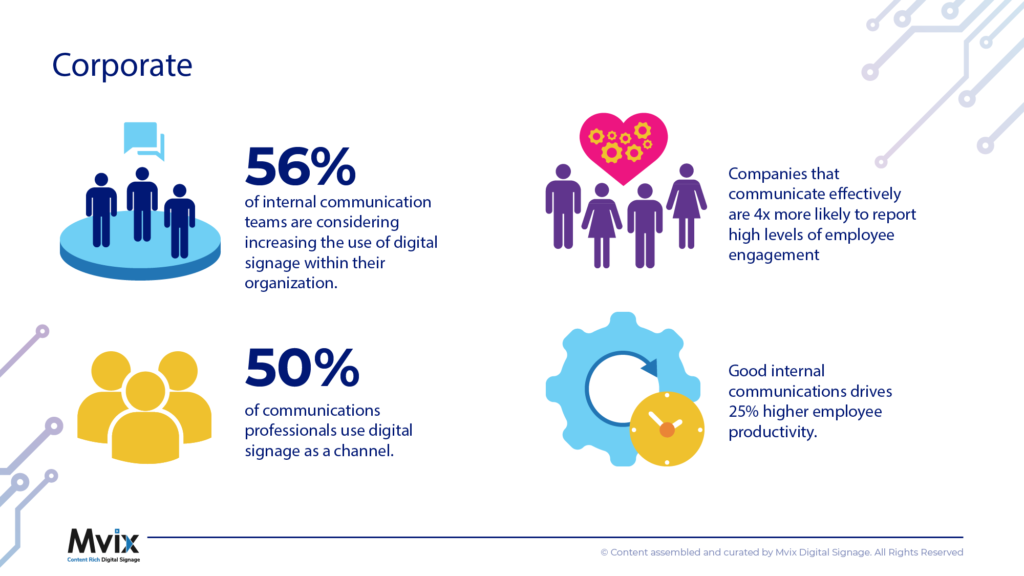
In a more digital workplace, one of the best and effective ways to ensure proper levels of communication would be to supplement with remote tools. Video conferencing tools are a very common method that businesses and organizations used in order to maintain communication on a more visual level. Many people view face-to-face communication to be the most effective manner and that it offers more than a simple email or text message.
There are more simple methods, such as programs that allow you to communicate in a text-based format, and these are often used in tandem with video conferencing in order to have a healthy divide of quick-and-easy communication along with visual and more in-depth communication. Finding the right balance for your company can help walk the line between over and under communicating.
Automation can help eliminate repetitive tasks
Automation is something that has started coming to the forefront of technology in businesses over the last few years. The lure of freeing up creative resources while still accomplishing basic tasks is very tempting, and when used correctly, can allow your businesses to reach new heights. In a WorkMarket survey is was noted that, “54% of employees believe they could save 240 hours annually through automation”
One of the biggest roadblocks is people misinterpreting how automation would be used. Many people think of automation as a replacement for traditional employees and would result in less available spots in the labor force. Oftentimes, as opposed to replacing employees, automating menial and repetitive tasks can allow for more positions higher up the ladder, and create more unique and creative opportunities for employees.
Lisa Buckingham, the executive vice president and chief people, place, and brand officer at Lincoln Financial Group noted in an SHRM article that automation is “continuing to make routine activities simpler, freeing up our employees to provide a deeper, more personal customer experience.” Employees are often happier when they are being given more engaging and rewarding work, something that can be more prevalent with less repetitive tasks.
Virtual and Augmented Reality can help with training efforts
Technology and employee training have frequently gone hand-in-hand as technology can allow employees to reduce the time to proficiency in many given jobs. Technology has been extremely beneficial during this pandemic as there are many ways remote support software can aid in employee training.
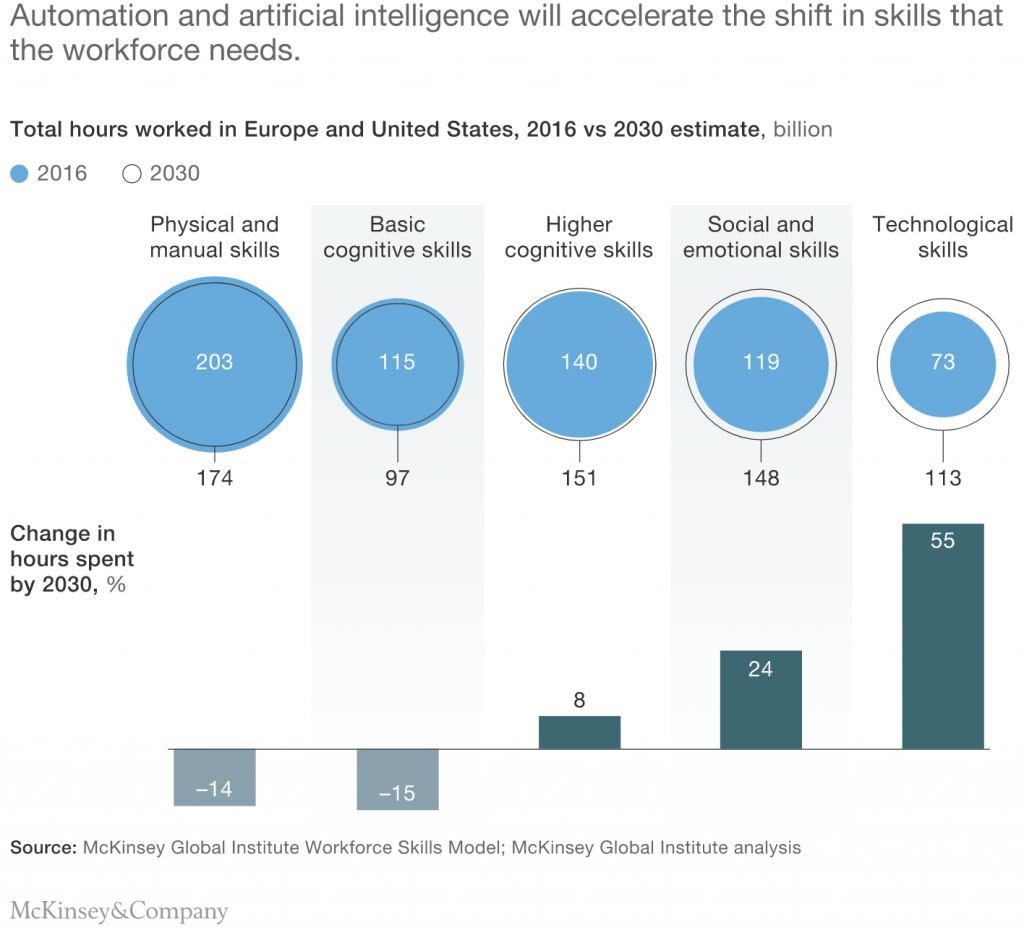
Virtual reality (VR) and augmented reality (AR) are some of the most interesting aspects of how human resources are adopting new technologies and aiming to increase efficiency. A large portion of this is being used during portions of training in order to give employees a more realistic experience as opposed to simply reading about scenarios or acting them out with coworkers. Strivr is a notable company that is helping businesses implement various types of VR and AR in different training situations to better prepare employees for a plethora of situations.
The rate at which many of these VR and AR tools are being implemented is increasing rapidly, and the results are improving alongside the technological advancements. Josh Bersin, global industry analyst at Jobs For The Future (JFF) said that “immersive learning is built on decades of experience in technology-based training, and it is now one of the fastest-growing segments of the $200 billion-plus corporate training industry”
Flexible office arrangements mean less wasted space
The idea of employing a fully-remote workforce, or at least a hybrid workforce, was something that many companies were considering even before COVID-19. Now that many employers have seen the success and capability of remote work, many more will start following that path, and at least create opportunities for employees to work remotely and begin the building and expanding of a digital workplace. One of the most important things to consider before allowing employees to work remotely is the ability of the company to maintain connections and the same quality of work as in a traditional office environment. Remote tools are helping bridge the gap between remote work and in-person, and there are many great tools to help aid in the remote work lifestyle.
One of the many perks that a hybrid workforce can provide is the ability to have a more flexible office environment. In a traditional in-person 9–5, people are assigned to their own desk, and that’s where they sit and perform their jobs. In a more flexible workplace, instead of having one specific desk that you are assigned to, you can pick any desk in the general area that would work at the current time. Some of the benefits mean that employees can pick and choose the spot that works best for them at any given time. This pairs well with a hybrid-workplace, as the days certain employees aren’t in the office, their space is still being put to good use.

A digital workplace is an idea that more people are becoming comfortable with, and although often it goes hand-in-hand with remote or hybrid workforces, in reality, it’s simply getting the best utilization of technology possible. Digital workplaces can exist in a fully traditional office environment, and find great success. Many companies have been making adjustments to remote work as they are finding great success, and their employees are benefiting from it. With more technology being introduced into the workplace, cybersecurity is more important than ever, in order to protect both businesses and employees, and keep information safe. The cloud can be a greatly beneficial remote tool, allowing employees to access data and applications from anywhere in the world, and ensuring work and projects are completed on time.
With the prevalence of hybrid workforces increasing, communication becomes critical in order to maintain order and efficiency, and continue the seamless transfer of information. Automation is a great way to ensure your employees are being used to the best of their abilities, and help decrease time spent on less complicated tasks or repetitive ones. VR and AR can help increase the quality of employee training, and ensure they are prepared for situations that are unable to be replicated outside of these tools. Flexible office arrangements are becoming more frequent in digital workplaces, and can greatly benefit companies with increased productivity and efficiency.
As the digital workplace is always evolving, it’s important to make sure that you are equipped with the best possible remote device management tools and are ready to grow and adapt ahead of your competition.

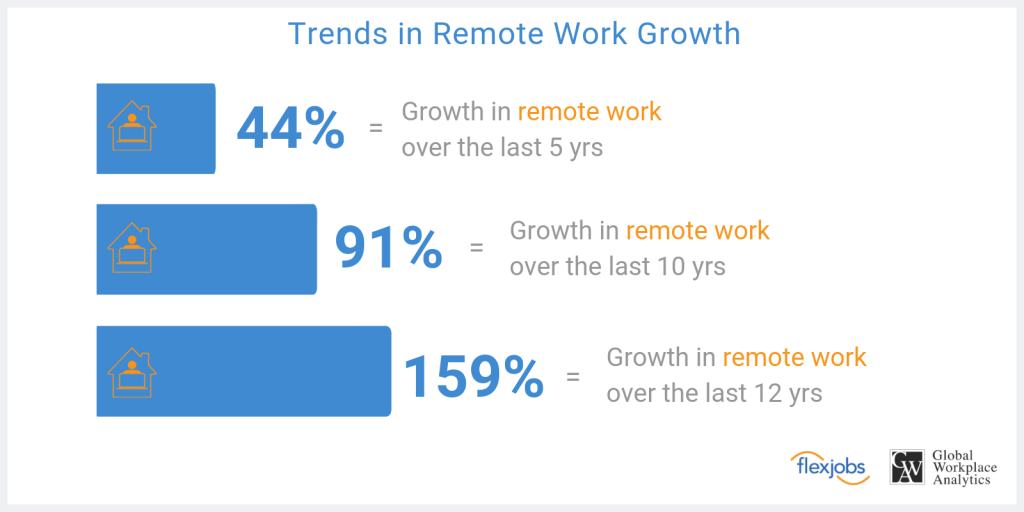
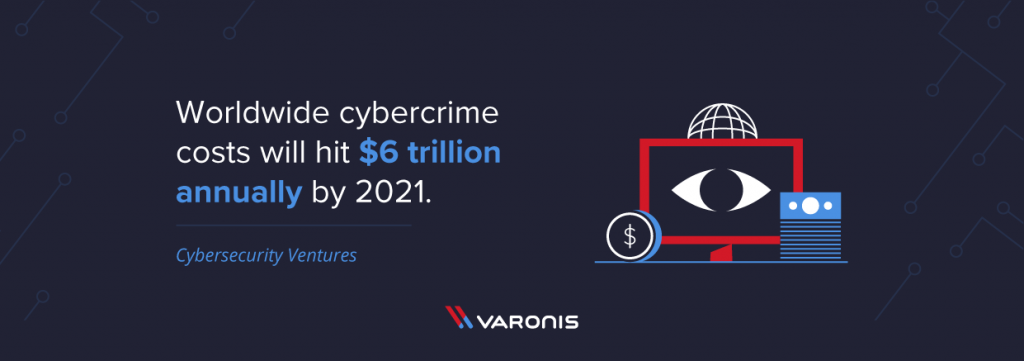
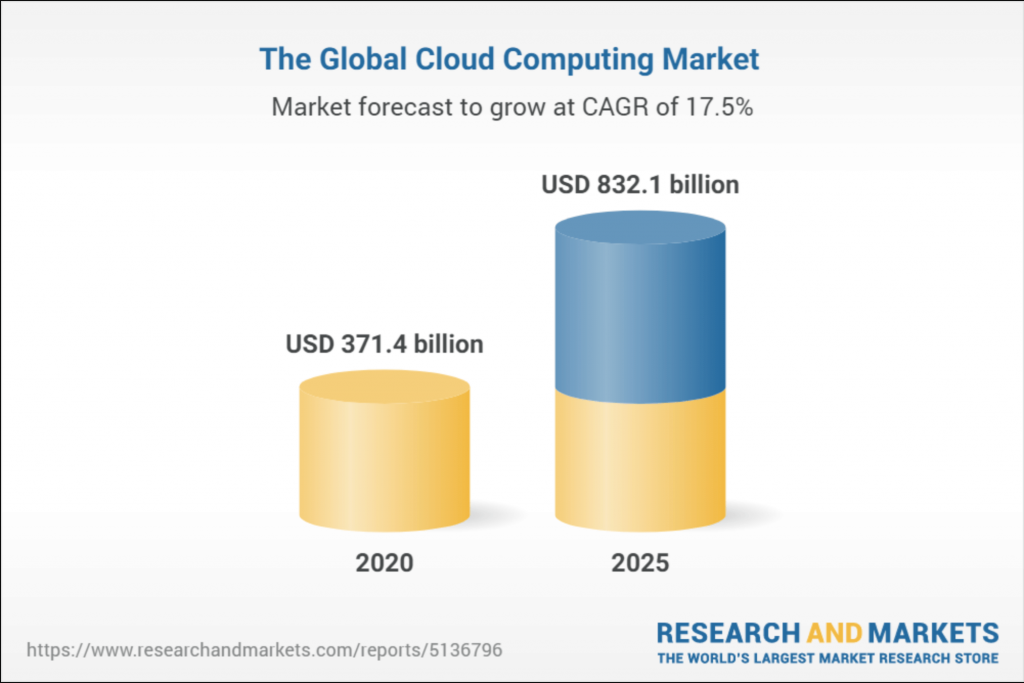
Sharing is acceptable, and with digital technology, sharing is simple. As the world turns into a more digital place, we can’t disregard the human connection.
[…] both come in handy in today’s digital landscape. They have the potential to make our lives and jobs way easier. When it comes to utilizing their […]
[…] to employees, customers, and other consumers in all sorts of ways and forms anywhere anytime. Digital transformation is pushing organizations and companies to adopt relatively new approaches, technologies, and […]
[…] ever since the pandemic has pushed more companies to switch to remote work, or at least partially send employees to work from home. Expanding your security strategy to include on-site as well as remote staff takes extra resources, […]
[…] Digital workplaces are evolving and to be able to let go of some of the tasks that can slow a business leader down and automate them makes a business far more efficient and productive, more than it ever has been before. […]
[…] procedures that your staff should follow when accessing the company’s network. As companies adopt digital transformation and WFH trends, businesses need to enforce strict mobile device policy to ensure employees don’t […]